-
 Bitcoin
Bitcoin $107,341.7259
0.15% -
 Ethereum
Ethereum $2,438.6204
0.70% -
 Tether USDt
Tether USDt $1.0003
-0.02% -
 XRP
XRP $2.1866
1.94% -
 BNB
BNB $649.0952
0.36% -
 Solana
Solana $150.9602
5.63% -
 USDC
USDC $0.9999
0.00% -
 TRON
TRON $0.2742
0.40% -
 Dogecoin
Dogecoin $0.1645
1.93% -
 Cardano
Cardano $0.5669
1.18% -
 Hyperliquid
Hyperliquid $37.8286
4.19% -
 Bitcoin Cash
Bitcoin Cash $491.4669
-2.74% -
 Sui
Sui $2.8150
3.06% -
 Chainlink
Chainlink $13.4184
2.91% -
 UNUS SED LEO
UNUS SED LEO $9.0809
0.27% -
 Avalanche
Avalanche $18.0295
2.60% -
 Stellar
Stellar $0.2396
1.19% -
 Toncoin
Toncoin $2.8587
0.13% -
 Shiba Inu
Shiba Inu $0.0...01160
2.59% -
 Litecoin
Litecoin $86.4192
1.45% -
 Hedera
Hedera $0.1486
1.19% -
 Monero
Monero $308.4324
0.87% -
 Polkadot
Polkadot $3.4202
1.43% -
 Bitget Token
Bitget Token $4.6436
-0.34% -
 Dai
Dai $0.9998
-0.02% -
 Ethena USDe
Ethena USDe $1.0002
0.00% -
 Uniswap
Uniswap $7.1527
3.29% -
 Pi
Pi $0.5357
-8.45% -
 Pepe
Pepe $0.0...09588
4.61% -
 Aave
Aave $259.9759
0.81%
What is Bybit's insurance fund?
Bybit's insurance fund, funded by trading fees, protects users from losses due to extreme market volatility, system errors, and other exceptional circumstances.
Apr 02, 2025 at 02:00 am
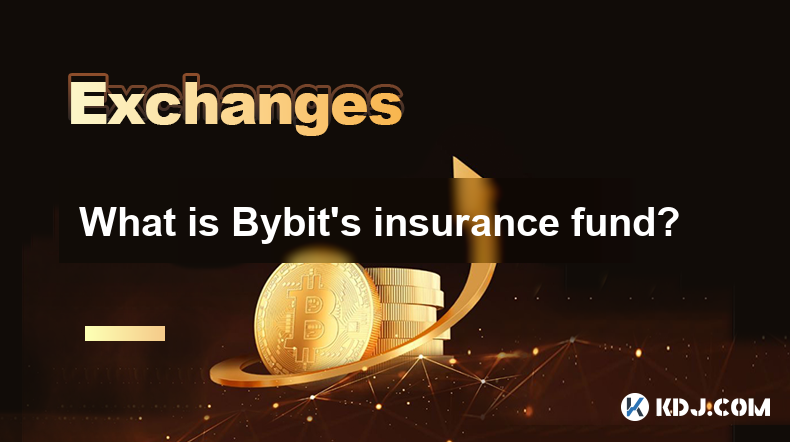
Bybit, like many other cryptocurrency exchanges, maintains an insurance fund to protect users and maintain platform stability. This fund acts as a safety net, absorbing losses in exceptional circumstances to prevent cascading failures and ensure the continued operation of the exchange. It's a crucial component of Bybit's risk management strategy, offering an additional layer of security for its users.
How Does Bybit's Insurance Fund Work?
The Bybit insurance fund is primarily funded through a percentage of trading fees generated on the platform. This means users indirectly contribute to the fund every time they execute a trade. The exact percentage isn't publicly disclosed, but it's a common practice among exchanges to use this method for continuous replenishment. The fund is not static; it fluctuates based on the volume of trading activity and any withdrawals made from it.
What Situations Does the Insurance Fund Cover?
The insurance fund is designed to cover a range of situations that could potentially lead to significant losses for users. These typically include:
- Liquidations in extreme market volatility: During periods of intense market swings, large liquidations can occur. The insurance fund steps in to cover losses that exceed the collateral of liquidated positions.
- System errors or glitches: While rare, technical glitches or system errors can sometimes lead to unintended losses for users. The insurance fund can help compensate for these unforeseen events.
- Security breaches (in theory): While the insurance fund's primary role isn't to cover security breaches, it could theoretically be used to mitigate losses in such a scenario, depending on the nature and extent of the breach. This is a less common use case.
- Other exceptional circumstances: The fund can be used to address other exceptional circumstances deemed necessary by Bybit's risk management team to maintain platform stability and user confidence.
How is the Insurance Fund Managed?
Bybit doesn't publicly disclose the precise details of its insurance fund management. However, it's reasonable to assume that the fund is managed by a dedicated team within the company responsible for risk assessment and mitigation. This team likely monitors market conditions, assesses potential risks, and determines the appropriate use of the fund in exceptional circumstances. Transparency in this area is often limited for security and competitive reasons.
Transparency and Access to Information
The lack of complete transparency regarding the size and exact composition of the insurance fund is a common practice across the cryptocurrency exchange industry. While Bybit provides some general information about the fund's purpose and function, specific details such as the exact balance or detailed allocation are typically kept confidential. This is often justified for security reasons to prevent potential exploitation or manipulation.
Why is the Insurance Fund Important for Users?
The insurance fund provides an essential layer of protection for Bybit users. It offers peace of mind knowing that in the event of unforeseen circumstances or extreme market volatility, there is a mechanism in place to help mitigate potential losses. This can help to build user trust and confidence in the platform's stability and reliability. It’s a key factor in choosing a reputable exchange.
What are the Limitations of the Insurance Fund?
It's crucial to understand that the insurance fund is not a guarantee against all possible losses. While it aims to cover significant events, there might be situations where the fund's resources are insufficient to cover all losses incurred. The fund's size is finite, and extremely large-scale events could potentially overwhelm it. Furthermore, the exact circumstances under which the fund will be deployed are subject to Bybit's internal risk management policies.
What Happens if the Insurance Fund is Depleted?
If the insurance fund were to be depleted, Bybit would likely need to take several actions to replenish it. This could involve increasing trading fees, potentially implementing other fee structures, or raising additional capital. The specific actions taken would depend on the circumstances leading to depletion and Bybit's overall financial strategy. The situation is unlikely but is a factor to consider.
How Does Bybit's Insurance Fund Compare to Other Exchanges?
Many cryptocurrency exchanges operate with similar insurance funds, though the specifics vary. The size, funding mechanisms, and transparency levels differ between exchanges. Comparing these aspects directly can be difficult due to the limited information publicly available. Each exchange's approach to risk management reflects its individual policies and priorities.
Is the Insurance Fund Subject to Audits?
The specifics of Bybit's internal audit processes for the insurance fund aren't publicly disclosed. However, it's reasonable to assume that Bybit conducts internal audits to ensure the fund's proper management and to maintain compliance with relevant regulations. Independent, third-party audits are less common in the crypto space, but are becoming increasingly important for user trust.
Frequently Asked Questions
Q: Is my deposit insured by Bybit's insurance fund?
A: No. The insurance fund primarily covers losses related to trading activities and exceptional circumstances on the exchange, not user deposits. Deposits are held separately and are subject to their own security measures.
Q: Can I withdraw funds from the insurance fund?
A: No. The insurance fund is not designed for user withdrawals. It's solely for covering losses in exceptional situations to maintain platform stability and protect users from unforeseen events related to trading.
Q: How much money is in Bybit's insurance fund?
A: Bybit does not publicly disclose the exact amount in its insurance fund. This is a common practice among exchanges due to security and competitive concerns. The fund's size is not a static number and changes based on trading activity and usage.
Q: What if a major security breach occurs? Would the insurance fund cover it?
A: While not its primary purpose, the insurance fund could potentially be used to mitigate losses in the event of a significant security breach, depending on the specifics of the breach and Bybit's internal risk management policies. However, the focus is on mitigating trading-related losses.
Q: How often is the insurance fund replenished?
A: The insurance fund is constantly replenished through a percentage of trading fees. The exact frequency of replenishment is not publicly disclosed but is ongoing. The mechanism is designed for continuous replenishment.
Disclaimer:info@kdj.com
The information provided is not trading advice. kdj.com does not assume any responsibility for any investments made based on the information provided in this article. Cryptocurrencies are highly volatile and it is highly recommended that you invest with caution after thorough research!
If you believe that the content used on this website infringes your copyright, please contact us immediately (info@kdj.com) and we will delete it promptly.
- Trump, Bitcoin, and Peter Schiff: A New York Minute on Crypto Chaos
- 2025-06-29 12:30:12
- BTC Price, BlackRock ETF, Fed Signals: Decoding the Crypto Crossroads
- 2025-06-29 12:30:12
- SEI Price Skyrockets Amid ETF Hype and Bullish Uptrend: What's Next?
- 2025-06-29 12:50:11
- Bitcoin Mining, Cryptocurrency, and Blockchain: A New York State of Mind
- 2025-06-29 13:10:11
- Pengu, Altcoin, Leads Charge: What's Driving the Meme Coin Frenzy?
- 2025-06-29 13:30:12
- Bitcoin Market Navigates the Neutral Zone: An On-Chain Data Perspective
- 2025-06-29 13:50:12
Related knowledge
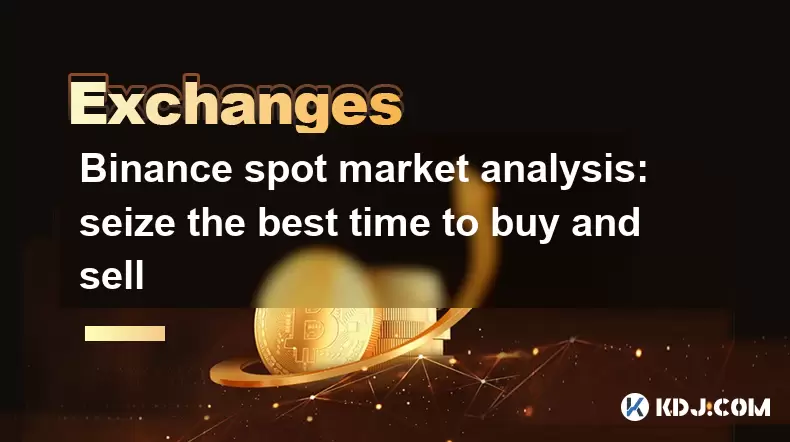
Binance spot market analysis: seize the best time to buy and sell
Jun 19,2025 at 04:56pm
Understanding the Binance Spot MarketThe Binance spot market is one of the most popular platforms for cryptocurrency trading globally. It allows users to trade digital assets at current market prices, making it essential for traders aiming to buy low and sell high. Unlike futures or margin trading, spot trading involves direct ownership of the asset aft...
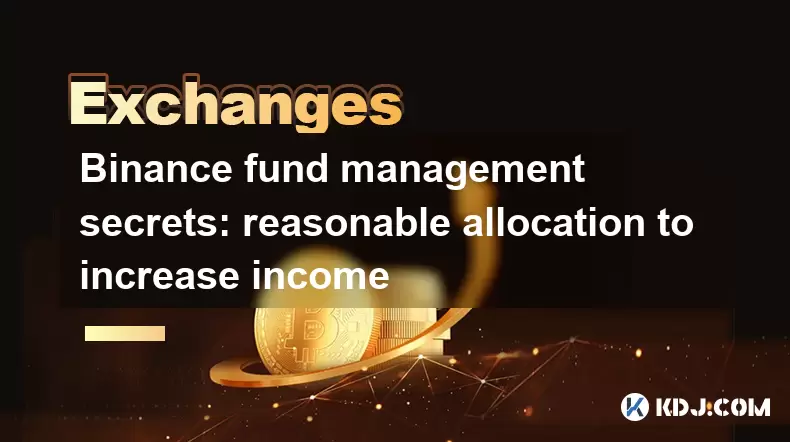
Binance fund management secrets: reasonable allocation to increase income
Jun 22,2025 at 02:29pm
Understanding Binance Fund ManagementBinance fund management involves strategic allocation of your cryptocurrency assets to optimize returns while managing risk. The key to successful fund management lies in understanding how different investment options on the Binance platform can be utilized to create a diversified portfolio. This includes spot tradin...

Binance trading pair selection skills: find the best buying and selling combination
Jun 23,2025 at 02:49am
Understanding the Basics of Trading Pairs on BinanceBefore diving into trading pair selection skills, it's essential to understand what a trading pair is. On Binance, a trading pair refers to two cryptocurrencies that can be traded against each other. For example, BTC/USDT means Bitcoin is being traded against Tether. Each trading pair has its own liqui...

Binance new coin mining strategy: participate in Launchpool to earn income
Jun 23,2025 at 11:56am
What is Binance Launchpool and how does it work?Binance Launchpool is a feature introduced by the world’s largest cryptocurrency exchange, Binance, to allow users to earn new tokens through staking. This platform enables users to stake their existing cryptocurrencies (such as BNB, BUSD, or other supported assets) in exchange for newly launched tokens. T...
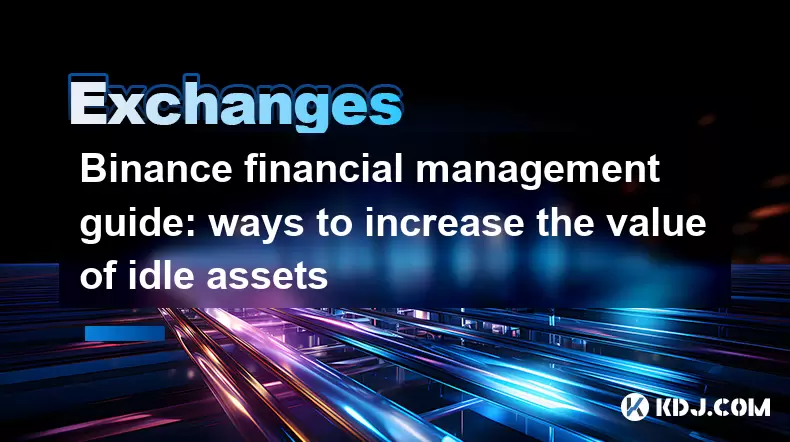
Binance financial management guide: ways to increase the value of idle assets
Jun 19,2025 at 11:22pm
Understanding Idle Assets in the Cryptocurrency SpaceIn the fast-paced world of cryptocurrency, idle assets refer to digital currencies that are not actively being used for trading, staking, or yield farming. Holding these funds in a wallet without utilizing them means missing out on potential growth opportunities. Binance, as one of the leading platfor...
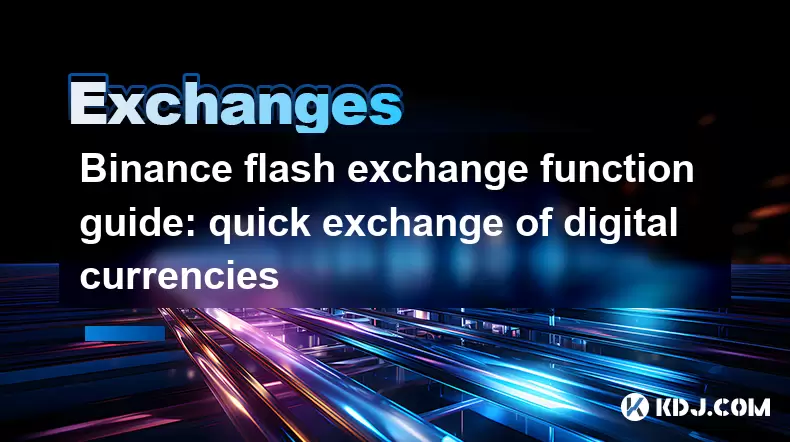
Binance flash exchange function guide: quick exchange of digital currencies
Jun 23,2025 at 12:29pm
What is the Binance Flash Exchange Function?The Binance Flash Exchange function is a powerful tool designed to allow users to instantly swap between supported cryptocurrencies without the need for placing traditional buy/sell orders. This feature simplifies the trading process by offering a direct exchange mechanism, eliminating the requirement to conve...

Binance spot market analysis: seize the best time to buy and sell
Jun 19,2025 at 04:56pm
Understanding the Binance Spot MarketThe Binance spot market is one of the most popular platforms for cryptocurrency trading globally. It allows users to trade digital assets at current market prices, making it essential for traders aiming to buy low and sell high. Unlike futures or margin trading, spot trading involves direct ownership of the asset aft...

Binance fund management secrets: reasonable allocation to increase income
Jun 22,2025 at 02:29pm
Understanding Binance Fund ManagementBinance fund management involves strategic allocation of your cryptocurrency assets to optimize returns while managing risk. The key to successful fund management lies in understanding how different investment options on the Binance platform can be utilized to create a diversified portfolio. This includes spot tradin...

Binance trading pair selection skills: find the best buying and selling combination
Jun 23,2025 at 02:49am
Understanding the Basics of Trading Pairs on BinanceBefore diving into trading pair selection skills, it's essential to understand what a trading pair is. On Binance, a trading pair refers to two cryptocurrencies that can be traded against each other. For example, BTC/USDT means Bitcoin is being traded against Tether. Each trading pair has its own liqui...

Binance new coin mining strategy: participate in Launchpool to earn income
Jun 23,2025 at 11:56am
What is Binance Launchpool and how does it work?Binance Launchpool is a feature introduced by the world’s largest cryptocurrency exchange, Binance, to allow users to earn new tokens through staking. This platform enables users to stake their existing cryptocurrencies (such as BNB, BUSD, or other supported assets) in exchange for newly launched tokens. T...

Binance financial management guide: ways to increase the value of idle assets
Jun 19,2025 at 11:22pm
Understanding Idle Assets in the Cryptocurrency SpaceIn the fast-paced world of cryptocurrency, idle assets refer to digital currencies that are not actively being used for trading, staking, or yield farming. Holding these funds in a wallet without utilizing them means missing out on potential growth opportunities. Binance, as one of the leading platfor...

Binance flash exchange function guide: quick exchange of digital currencies
Jun 23,2025 at 12:29pm
What is the Binance Flash Exchange Function?The Binance Flash Exchange function is a powerful tool designed to allow users to instantly swap between supported cryptocurrencies without the need for placing traditional buy/sell orders. This feature simplifies the trading process by offering a direct exchange mechanism, eliminating the requirement to conve...
See all articles

























































































